The Camel Trader of Babylon, a captivating tale, unfolds with a compelling narrative that transports readers into a unique and engaging story. This ancient Babylonian narrative delves into the life of a determined camel trader, his motivations, challenges, and the profound significance of his journey.
The historical context of the camel trade in Babylon sets the stage for this intriguing tale. Camels were not merely beasts of burden but played a vital role in Babylonian society, facilitating trade and cultural exchange. The camel trader emerges as a central figure, navigating the complexities of the Babylonian economy and the challenges of a perilous journey.
Historical Context of the Camel Trade in Babylon: The Camel Trader Of Babylon
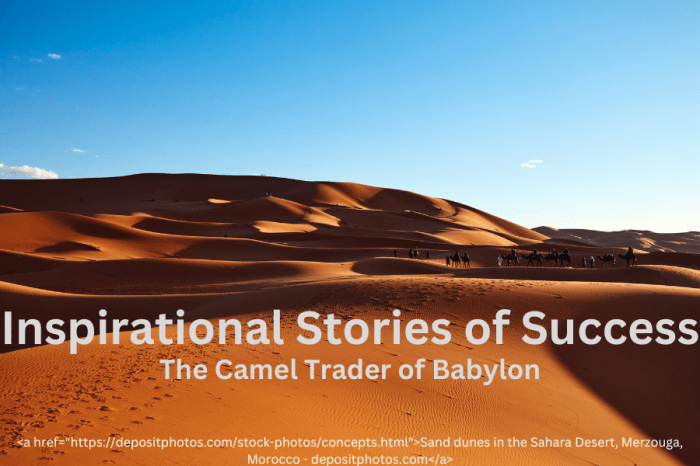
The camel trade in Babylon played a vital role in the development and prosperity of the ancient Mesopotamian civilization. Camels were highly valued for their ability to traverse the vast and arid desert regions surrounding Babylon, making them indispensable for trade and transportation.The
importance of camels in Babylonian society cannot be overstated. They were used for a variety of purposes, including:
- Transportation:Camels were used to transport goods and people across long distances, connecting Babylon to other major trading centers in the region.
- Trade:Camels were central to the Babylonian economy, as they were used to transport valuable commodities such as spices, textiles, and precious metals.
- Military:Camels were also used for military purposes, providing mobility and support to Babylonian armies during campaigns and conquests.
Camel traders played a crucial role in the Babylonian economy. They were responsible for importing and exporting goods, facilitating trade between Babylon and other regions. Camel traders also provided essential services to travelers and merchants, offering food, water, and shelter along the trade routes.The
camel trade in Babylon flourished for centuries, contributing to the wealth and prosperity of the city. It was a testament to the ingenuity and adaptability of the ancient Babylonians, who harnessed the unique capabilities of camels to overcome the challenges of their environment and build a thriving civilization.
The Camel Trader of Babylon
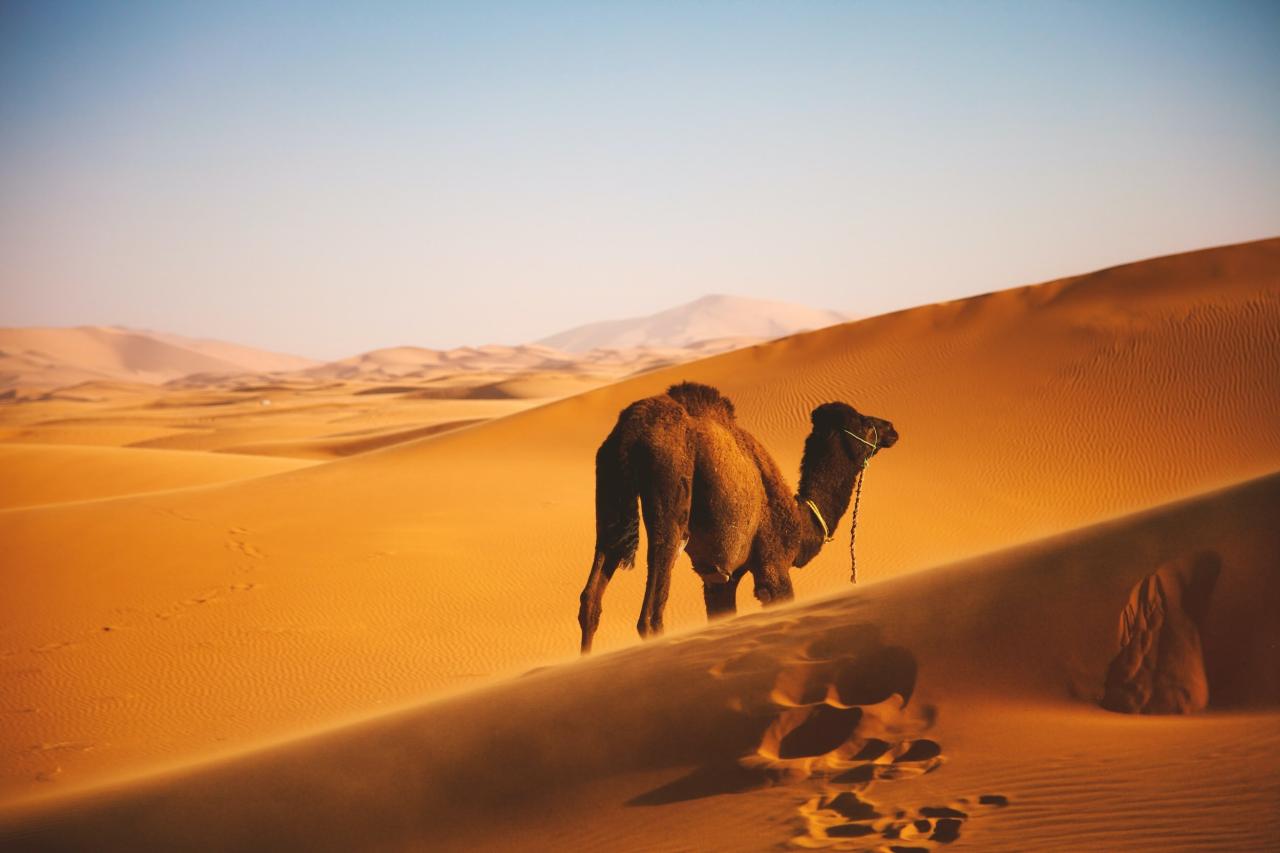
The protagonist of the story is a camel trader named Sinuhe, a young and ambitious man who dreams of becoming the most successful trader in Babylon.
Sinuhe’s primary motivation is the pursuit of wealth and status. He believes that by becoming a successful trader, he can achieve financial independence and gain respect from his community.
Challenges as a Camel Trader
As a camel trader, Sinuhe faces several challenges:
- Competition: Babylon is a bustling hub of trade, and Sinuhe must compete with numerous other traders for customers and profits.
- Dangerous journeys: Camel caravans often travel through dangerous territories, facing threats from bandits, harsh weather conditions, and wild animals.
- Fluctuating market prices: The prices of camels and other goods can fluctuate wildly, making it difficult for Sinuhe to predict his profits.
The Journey of the Camel Trader
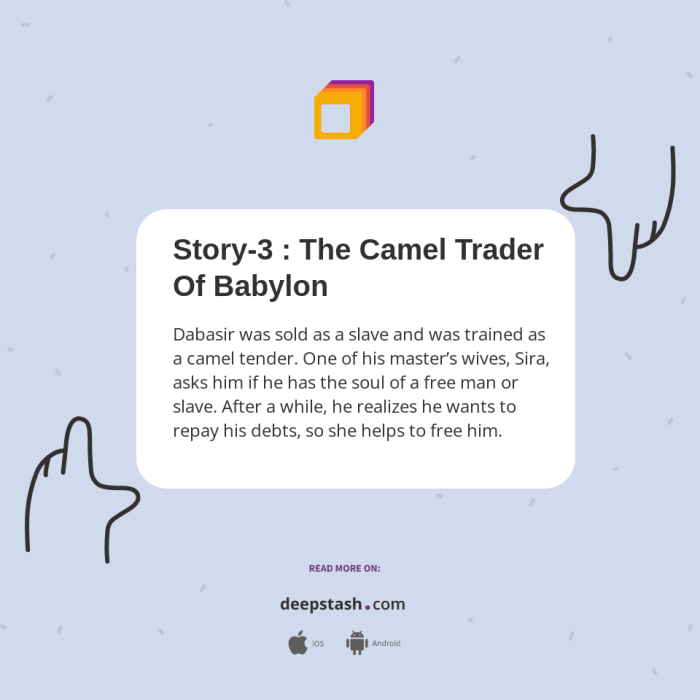
The camel trader’s journey was an arduous one, spanning vast deserts and distant lands. He traveled with a caravan of camels, carrying precious goods to trade and barter.
The Camel Trader of Babylon had a reputation for being as steady as a camel on the desert sands. However, after a night of revelry, he found himself stumbling about like a drunk Chita Rivera . But just as the camel regains its balance, so too did the trader, resuming his unwavering stride across the bustling marketplace.
Places Visited
Along his journey, the camel trader visited bustling cities like Babylon, where he traded his goods in the vibrant markets. He also traversed the vast Arabian Desert, encountering nomadic tribes and navigating treacherous sandstorms.
Encounters
During his travels, the camel trader encountered a diverse array of people. He shared stories with fellow merchants, negotiated with local villagers, and even crossed paths with dangerous bandits. These encounters enriched his understanding of different cultures and customs.
The Significance of the Camel Trader’s Story
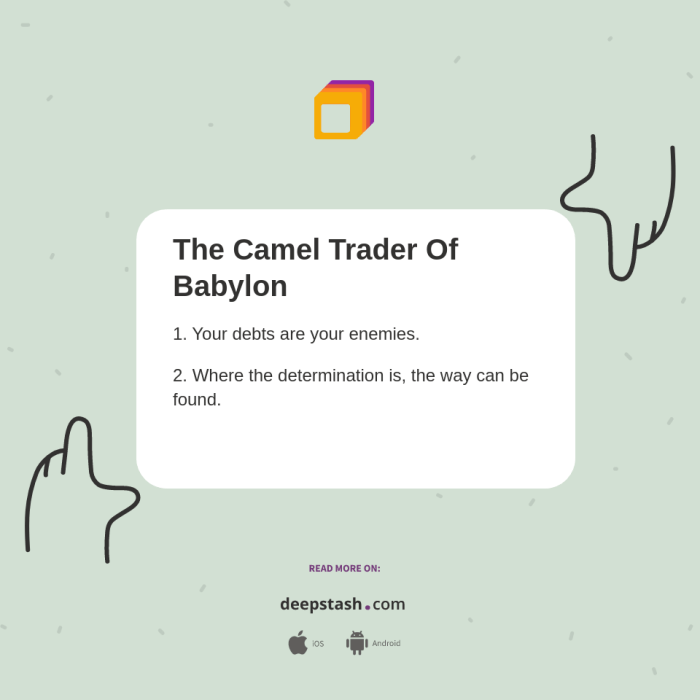
The Camel Trader of Babylon is a timeless tale that resonates deeply with human experiences and cultural values. It delves into profound themes and motifs that reflect the complexities of life and the indomitable spirit of mankind.
Themes and Motifs
The story explores themes of perseverance, resilience, and the pursuit of dreams. The camel trader’s unwavering determination to succeed, despite setbacks and hardships, serves as a testament to the human capacity for endurance and the power of ambition.
The motif of the journey is central to the story, symbolizing both the physical and metaphorical challenges that one must overcome in life. The camel trader’s arduous journey through the desert mirrors the trials and tribulations we all face on our own paths.
Babylonian Culture and Society, The camel trader of babylon
The story is deeply rooted in Babylonian culture and society. It provides insights into the importance of trade and commerce in ancient Mesopotamia. The camel trader’s profession highlights the significance of long-distance trade routes and the role of merchants in connecting different regions.
Moreover, the story reflects the Babylonian belief in the power of divine intervention. The camel trader’s encounter with the god Marduk demonstrates the faith and reliance on divine guidance that was prevalent in Babylonian society.
Human Experience and Challenges of Life
The Camel Trader of Babylon transcends its historical and cultural context to speak to the universal human experience. It reminds us that life is often filled with obstacles and challenges, but it is through our perseverance and unwavering belief that we can overcome adversity.
The story teaches us the importance of embracing the journey, no matter how difficult it may seem. It encourages us to learn from our mistakes, adapt to changing circumstances, and never give up on our dreams.
The Cultural Impact of the Story
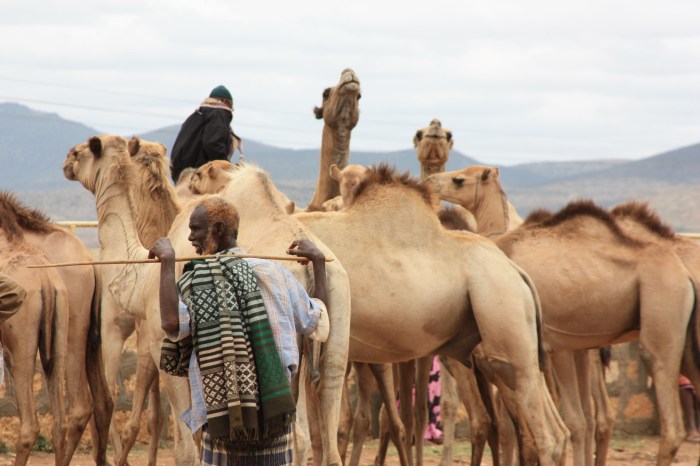
The story of the Camel Trader of Babylon has had a profound impact on Babylonian literature and beyond. It is considered a masterpiece of storytelling and has been widely adapted and interpreted over time.
Influence on Babylonian Literature
The story’s rich imagery, vivid characters, and exploration of human themes have influenced numerous Babylonian literary works. It has become a model for storytelling and has inspired countless tales of adventure, love, and loss. The story’s emphasis on the power of determination and the importance of facing challenges has resonated with Babylonian audiences for centuries.
Adaptations and Interpretations
The story of the Camel Trader has been adapted into various forms, including plays, poems, and films. Each adaptation has brought its own unique interpretation to the story, reflecting the cultural and historical context of the time. For instance, the story has been used to explore themes of immigration, cultural identity, and the pursuit of dreams.
Influence on Other Works of Art and Literature
The story’s themes and characters have also influenced other works of art and literature. For example, the story’s depiction of a lone traveler facing the challenges of a vast and unforgiving desert has inspired numerous works of art, including paintings, sculptures, and music.
The story’s themes of love, loss, and redemption have also resonated with writers and artists from around the world.
Essential Questionnaire
Who is the main character of the story?
The protagonist is a camel trader from Babylon, whose name and specific details remain undisclosed.
What is the significance of the camel trader’s journey?
The journey symbolizes the challenges and triumphs of life, as well as the importance of perseverance and adaptability.
How does the story reflect Babylonian culture?
The tale provides insights into Babylonian society, its economic practices, and the role of trade in shaping their civilization.